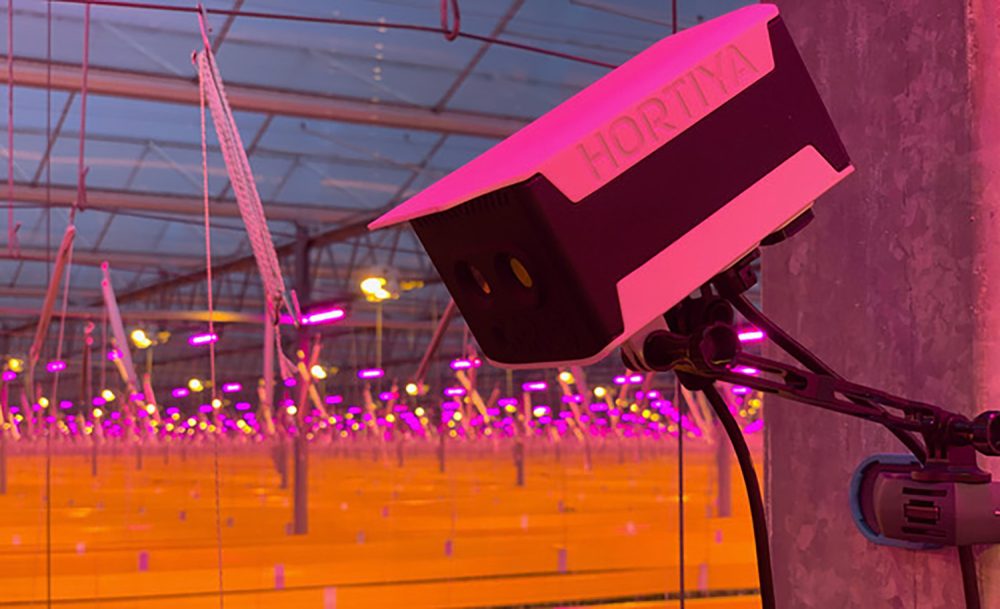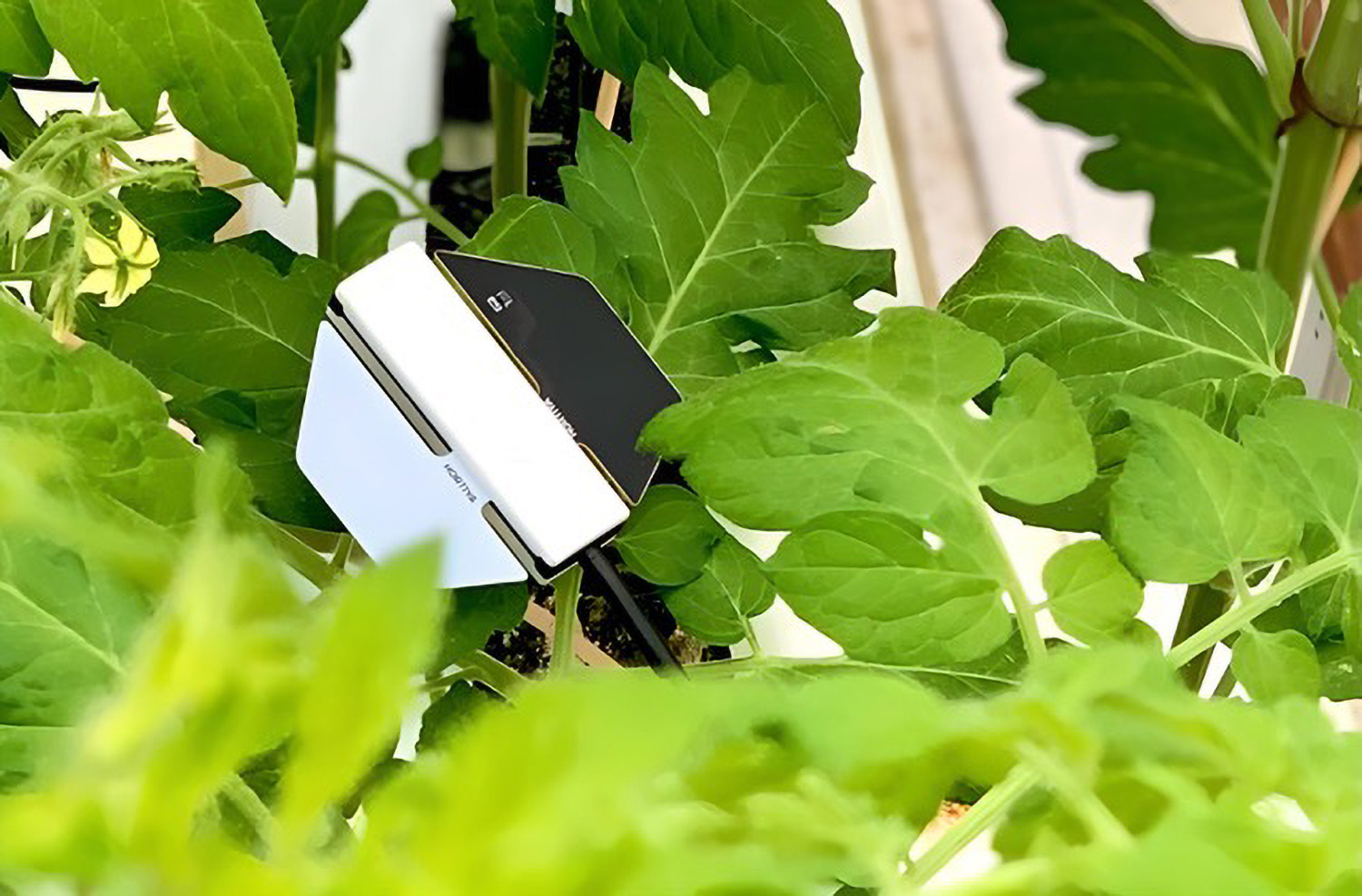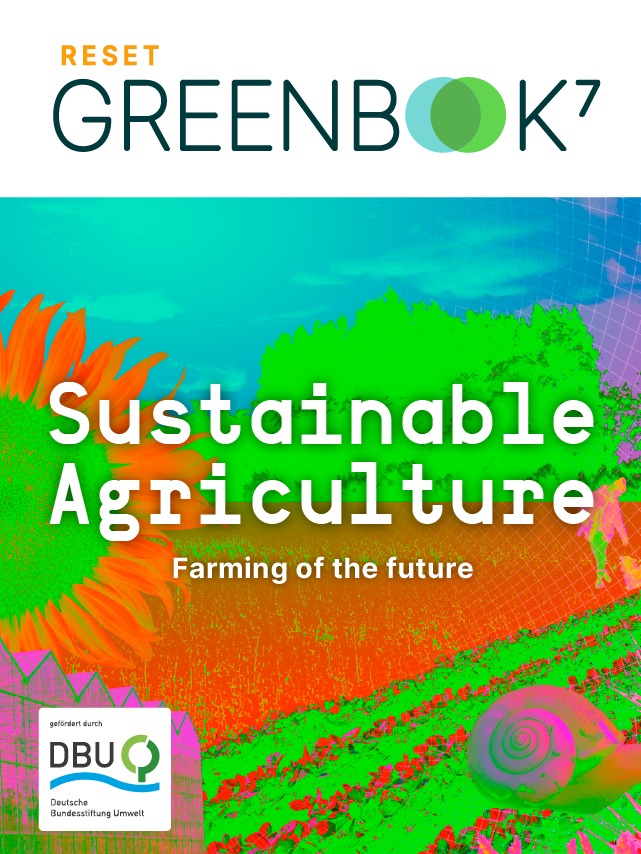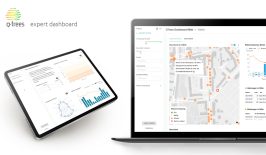When do our houseplants need fresh water and how much do they need? As a rule, our plants’ water supply is based on estimates and experience gathered over time. But, for many of us, including in traditional farming, plenty of guesswork is required, which is certainly not the most resource-efficient method.
Modern precision agriculture uses measured values and sensors to find out when soils are too dry, amongst other things. However, one important factor is still being ignored.
Plants are not always ready to absorb water, light and nutrients. If a plant is in a photosynthesis phase, it needs different care than when it is sick, for example. Startup Hortiya is therefore training artificial intelligence to understand the language and needs of plants.
Sensors in the flower pot keep an ear to the ground
This artificial intelligence needs sensors to listen to plants. Hortiya has developed its own technology for this purpose, which is installed near or directly on a plant. These sensors provide the AI with real-time data with information on the moisture of the soil or indicate how much light is currently hitting the leaves of the plants, for example.
Equipping plants with sensors is by no means a new development in agriculture. Most precision farming operations rely on sensor data to supply crops. Computer programs combine this data with location-based data such as the weather forecast. Researchers from the USA have already been able to prove that this can reduce the use of herbicides by up to nine percent.
However, greater efficiency in agriculture also means using the required resources more efficiently. For example, farms can use light sensors to intelligently control greenhouse lamps. While automation was previously only possible using timers, a number of factors are now used to decide when an artificial light source is required. The lamps only switch on when there is too little natural light available. This allows the availability of natural light sources to be optimally utilised, which in turn, saves energy.
However, these systems are also based solely on environmental factors. Hortiya’s plant AI also adds the plants themselves to the equation.
When is a plant ready for new water?
“Our aim is to train a universal model from data that can be used to predict the condition of a plant,” says Marc Weimer-Hablitzel, CEO of Hortiya, describing how his plant AI works. The model is already being used for tomatoes in greenhouses. Hortiya is also focusing on basil and cannabis.
Understanding when tomatoes, basil and cannabis are undergoing photosynthesis, when they are diseased or have a water shortage is important information for farmers when it comes to caring for their plants. Automated greenhouses could use this information to more accurately assess the resources they assign to plants. The previous approach of “better too much than too little”, as Weimer-Hablitzel describes it, could be replaced by a data-based and efficient approach.
In the future, Hortiya would like to develop a generalist model for plants. In other words, one that can interpret not only signals from specific plants, but from all C3 plants. However, just like conventional language models, the plant AI needs one thing above all else for this: as much data as possible. Because here too, the longer the model is trained and the more users who provide their data in the future, the more precisely the AI can work.
What enables us to understand the language of plants
The availability of plant AI could ensure greater efficiency in precision agriculture in the future, even if Hortiya does not provide the sensors itself. Systems that have already been implemented could also be enriched as a result, which in turn would lead to more data and more efficient AI.
This is a great opportunity to reduce emissions in agriculture and prepare it for the consequences of climate change. This is because plant AI could make it more resource-efficient, counteract the impending shortage of skilled workers thanks to better automation and it could be used in all parts of the world.
The Chat-GPT language model has brought the current rapid developments in the field of artificial intelligence to life for countless people in recent months. However, it has consistently ignored how much energy is required and the resulting CO2 emissions of AI. Hortiya’s plant AI, on the other hand, shows how modern language models can have the opposite effect.
Agriculture is facing major challenges: On the one hand, it is severely impacted by biodiversity loss and the effects of climate change. On the other, agriculture itself massively contributes to these issues.How can digital solutions on fields and farms help to protect species, soil and the climate?
We present solutions for a digital-ecological transformation towards sustainable agriculture. Find out more.
How can digital solutions on fields and farms help to protect species, soil and the climate?
We present solutions for a digital-ecological transformation towards sustainable agriculture. Find out more.











